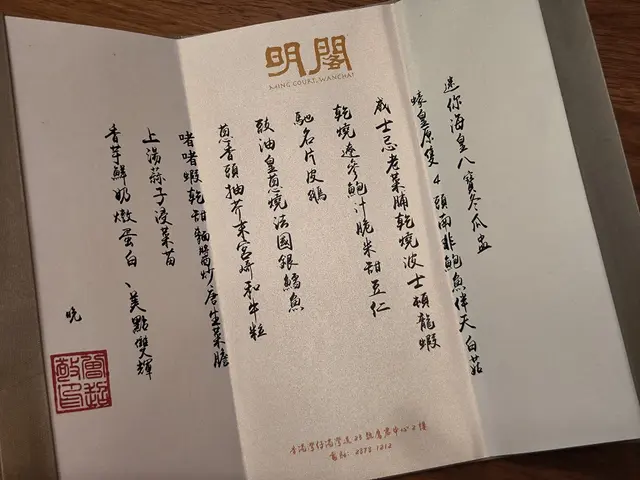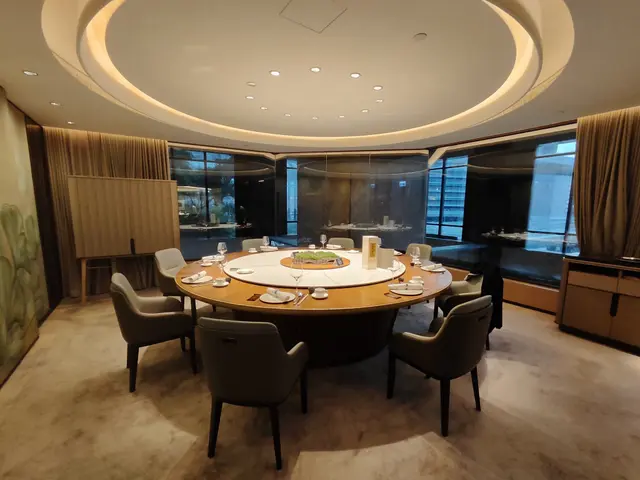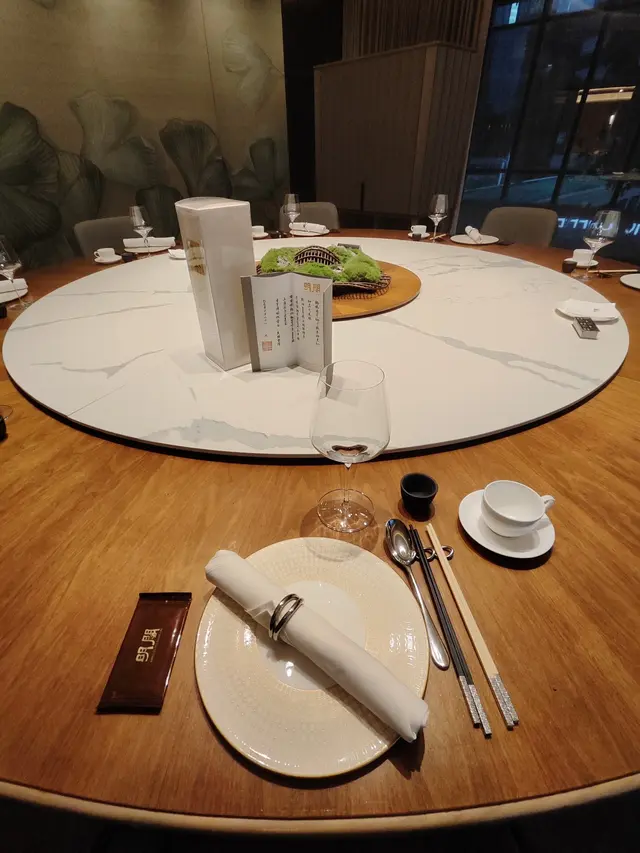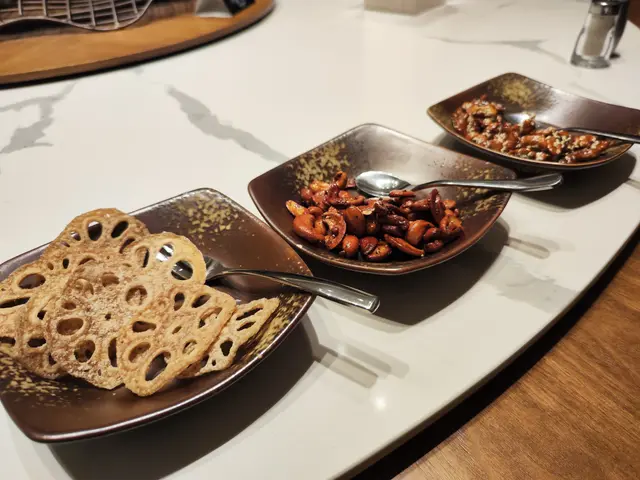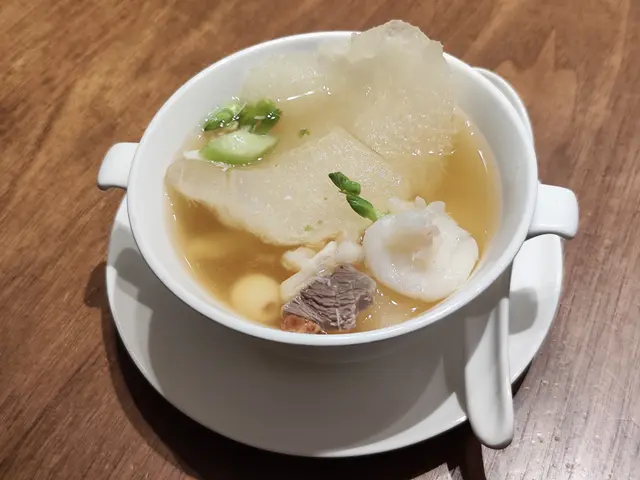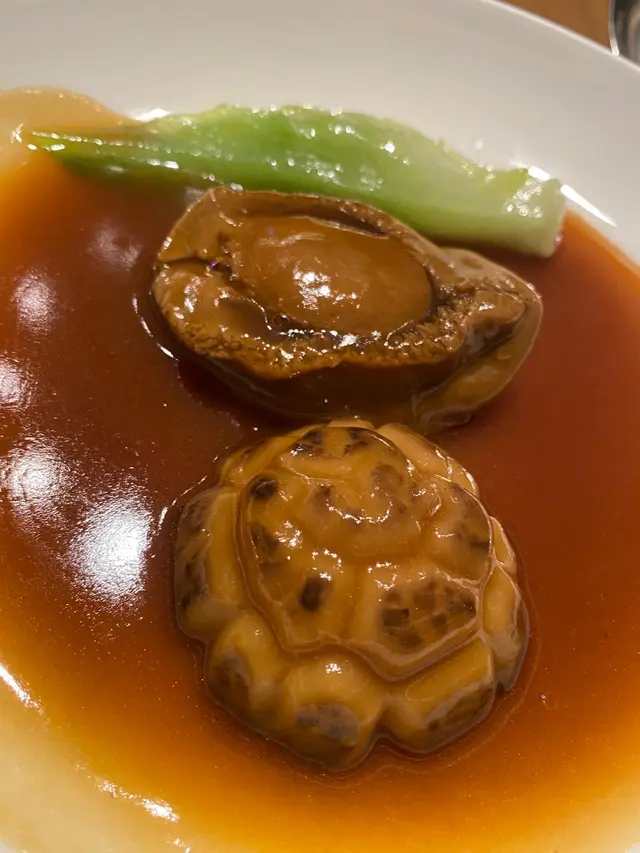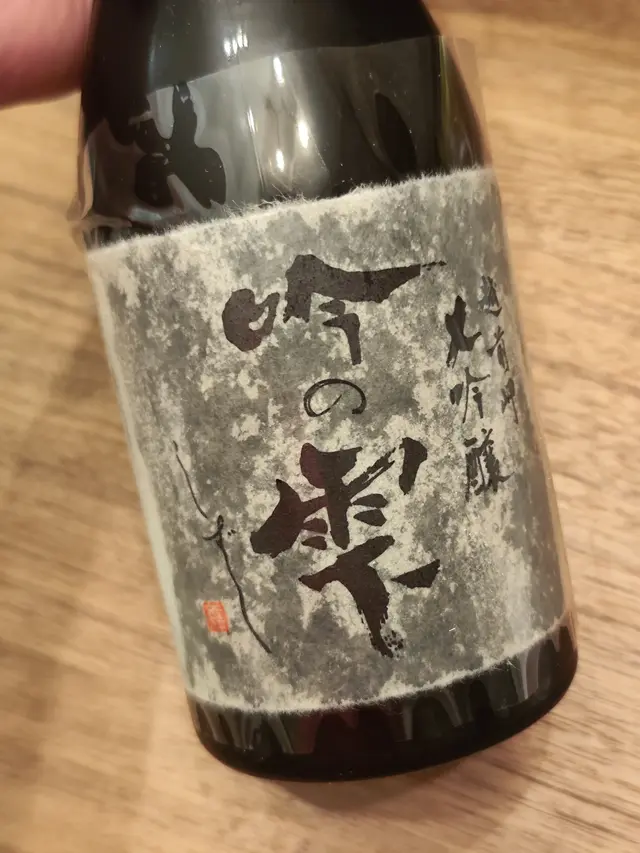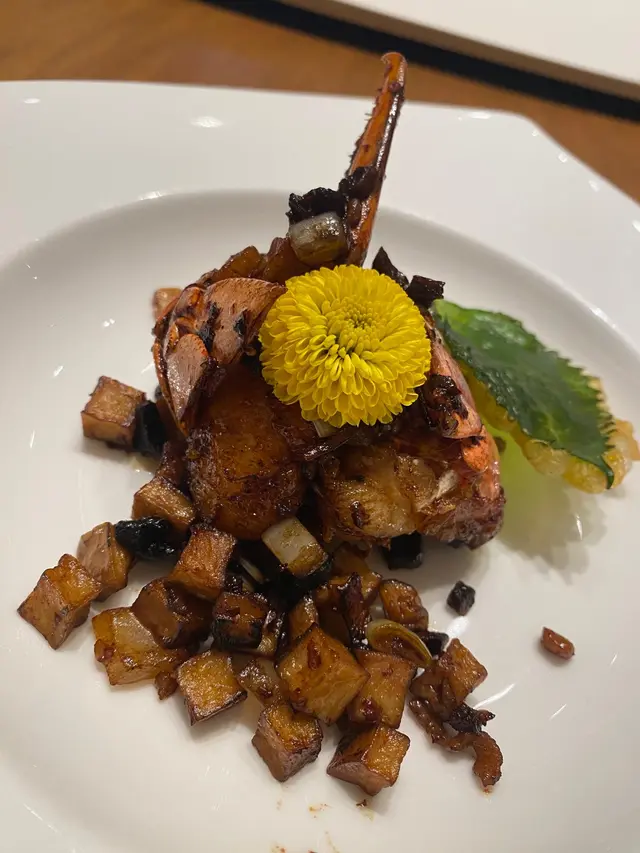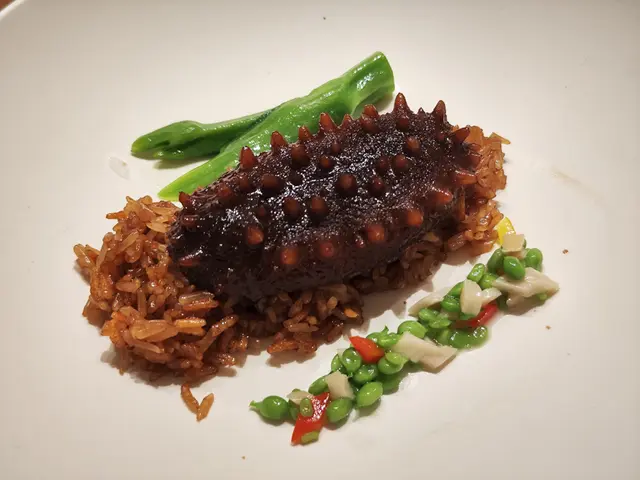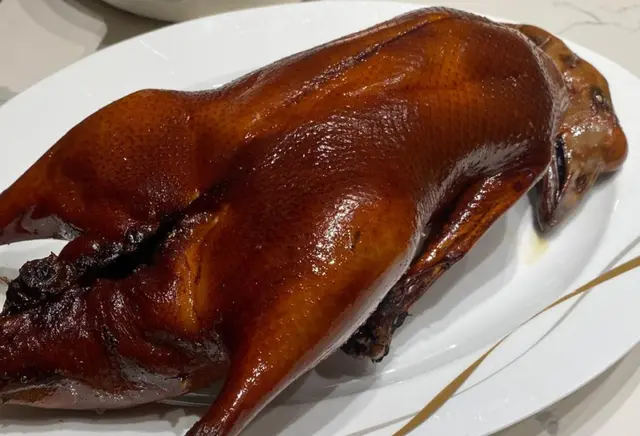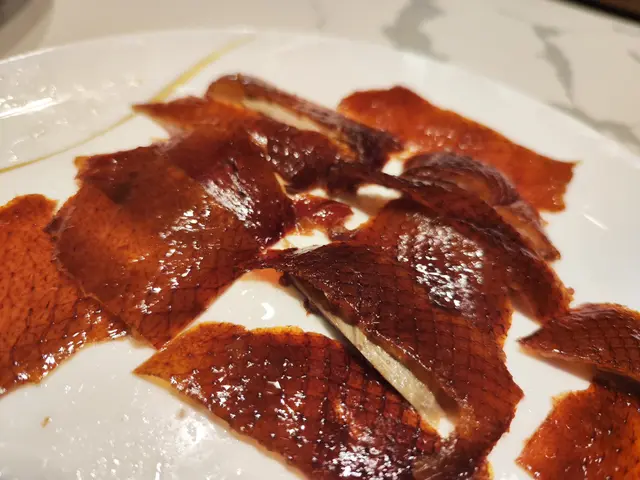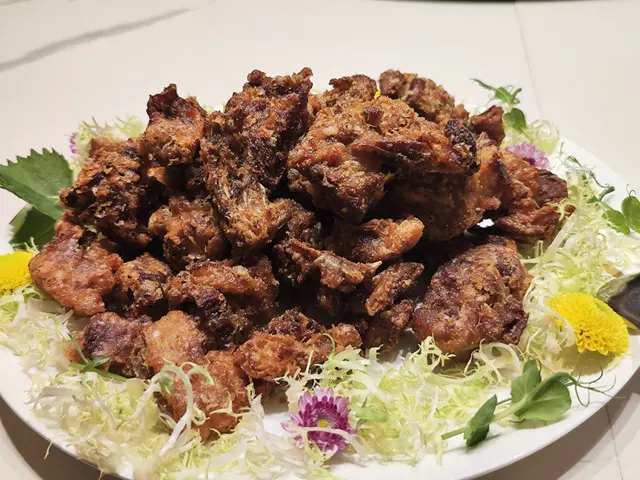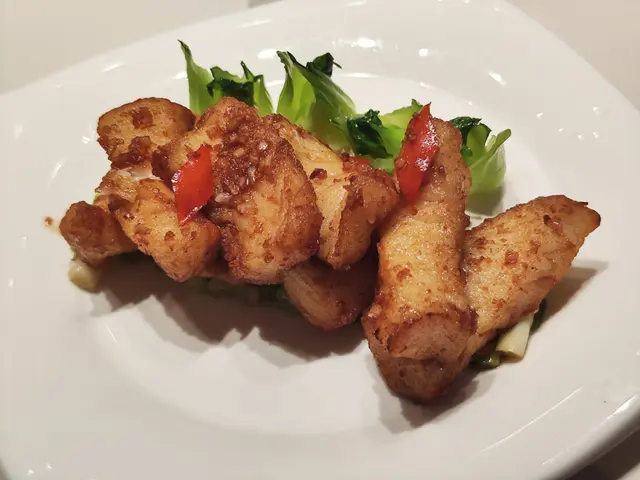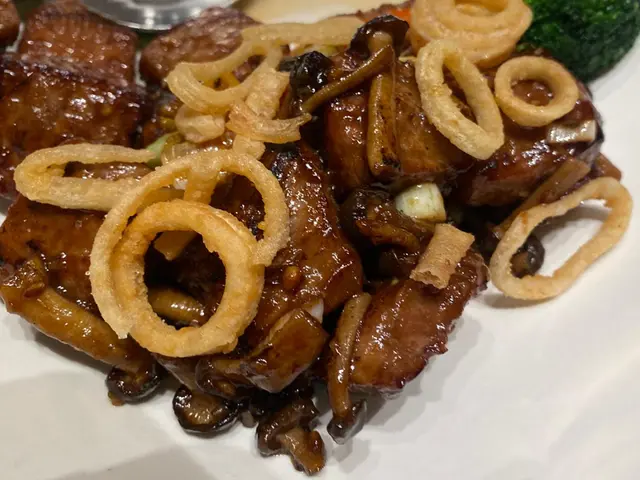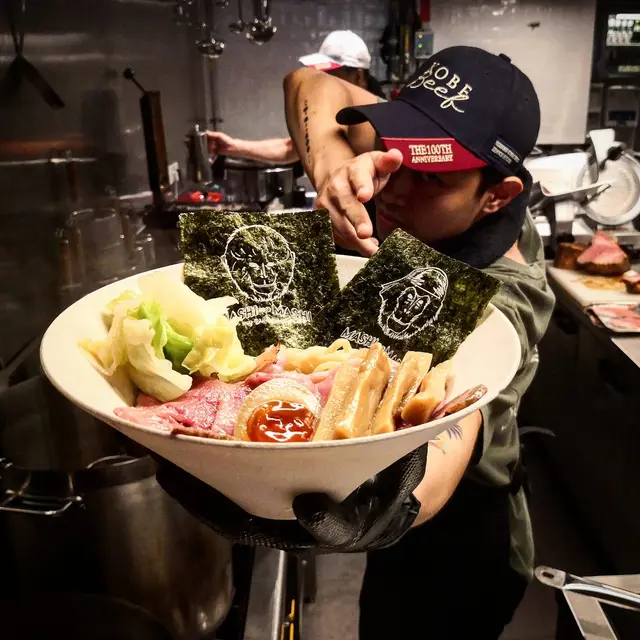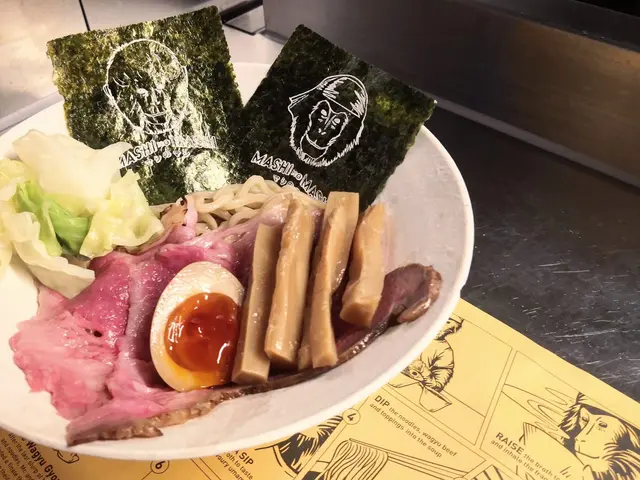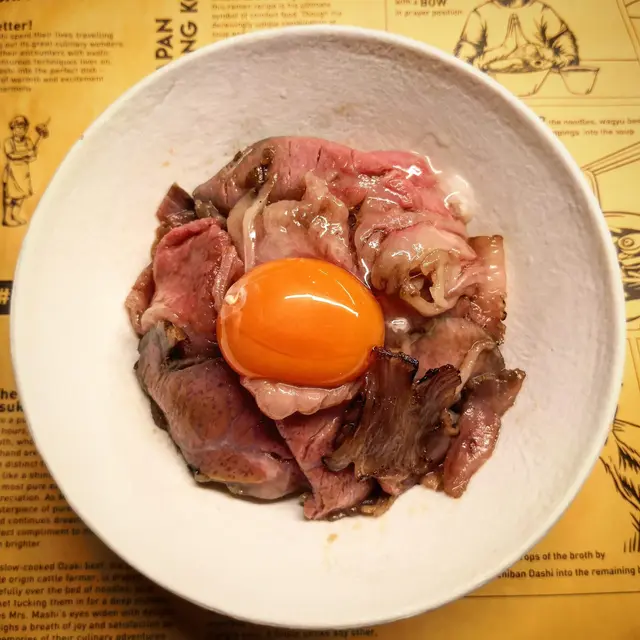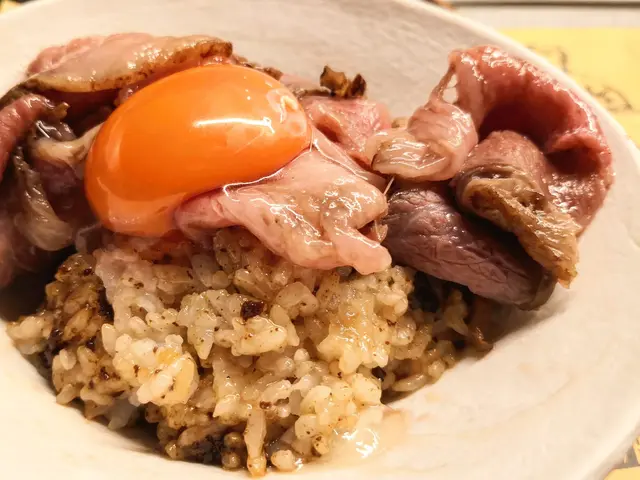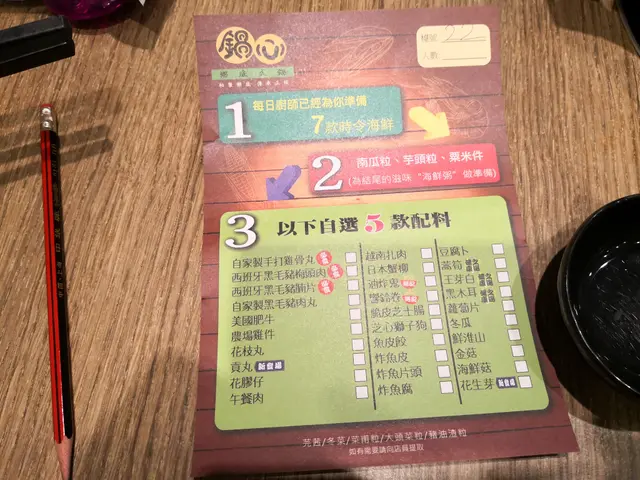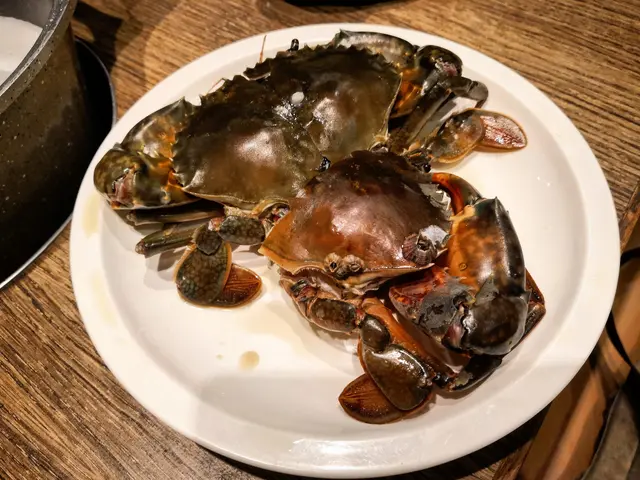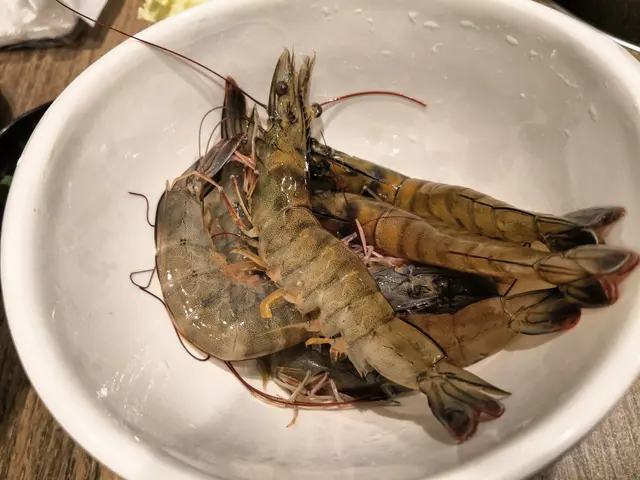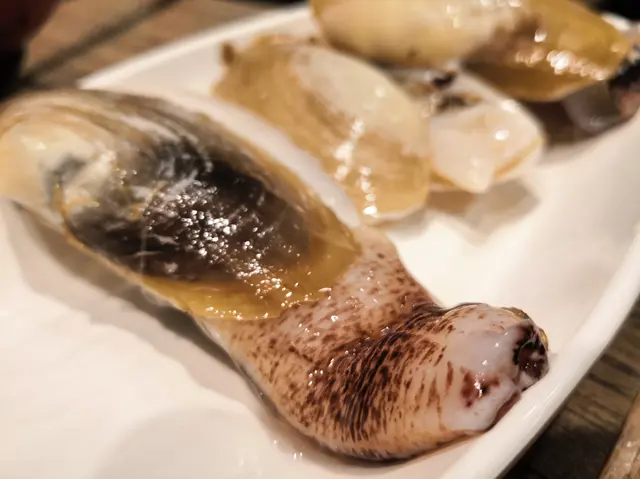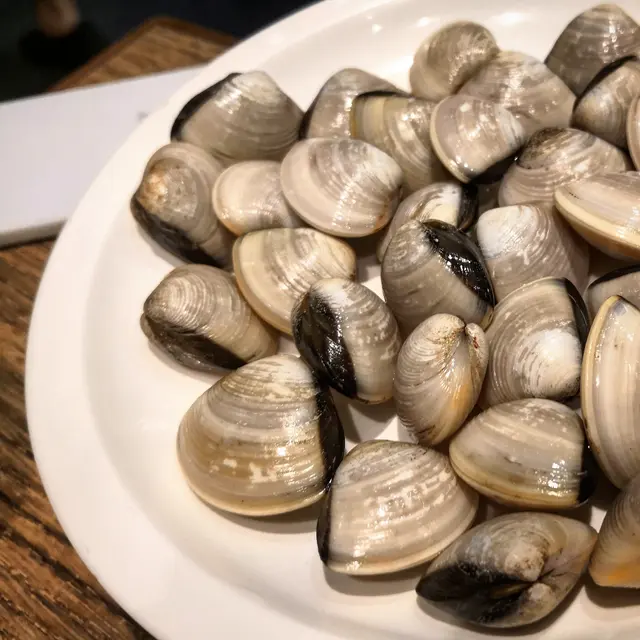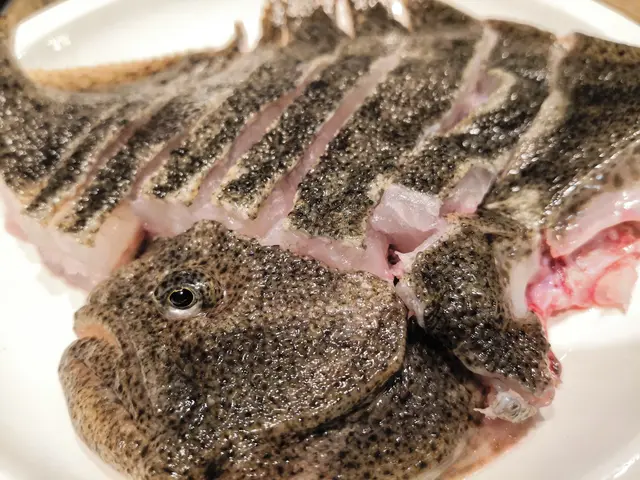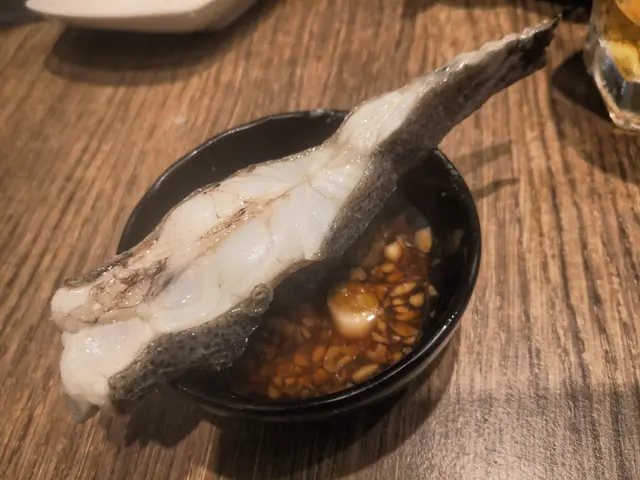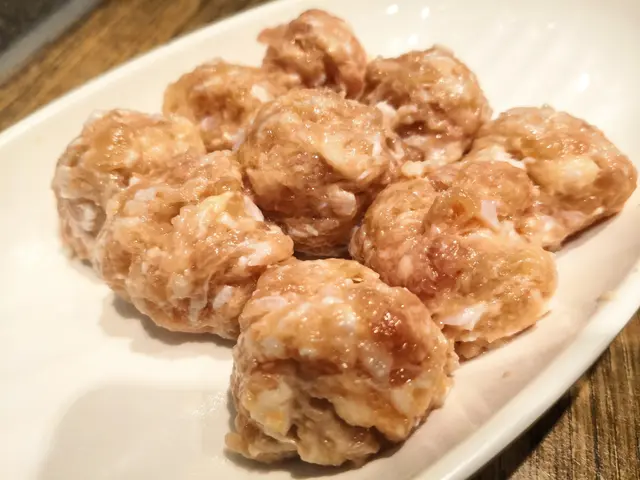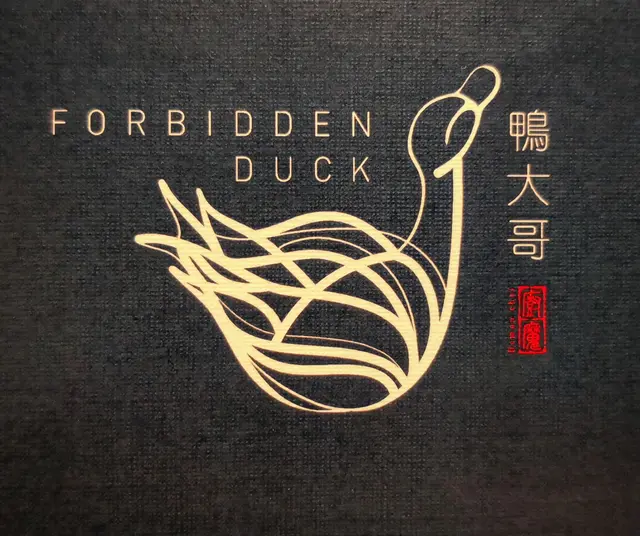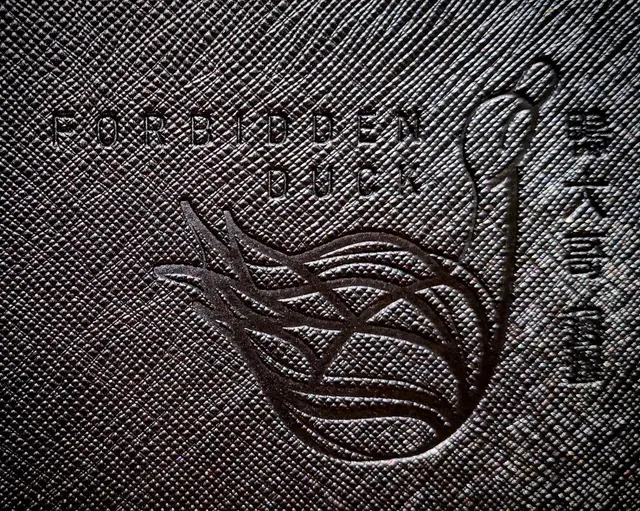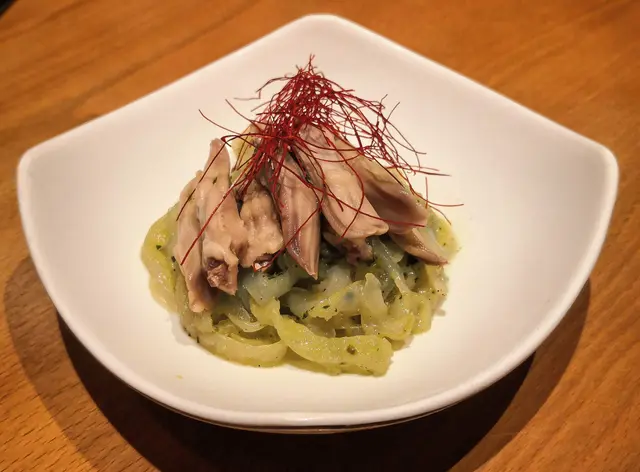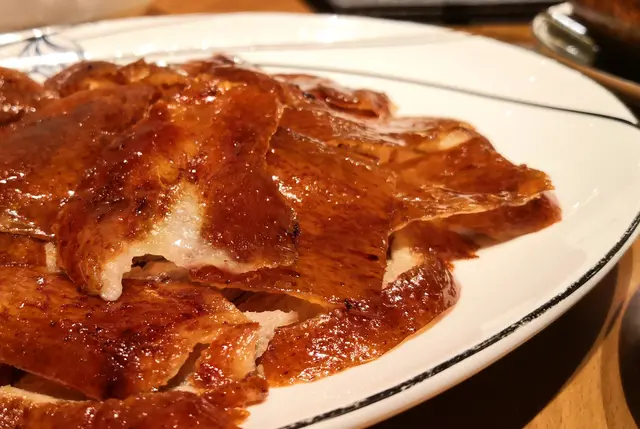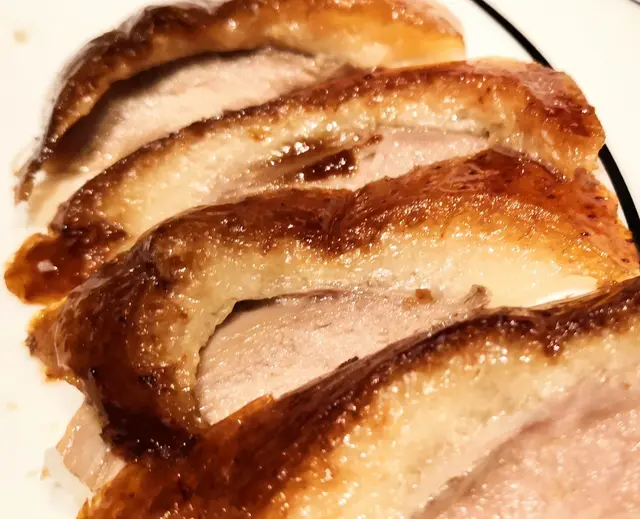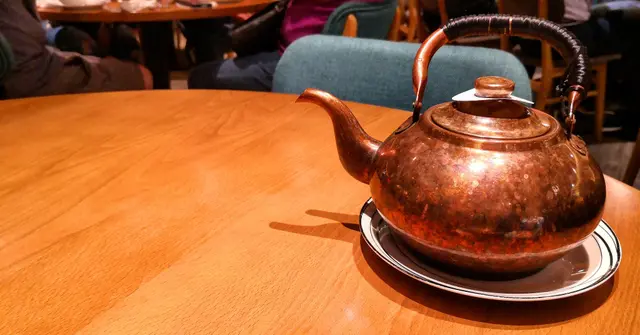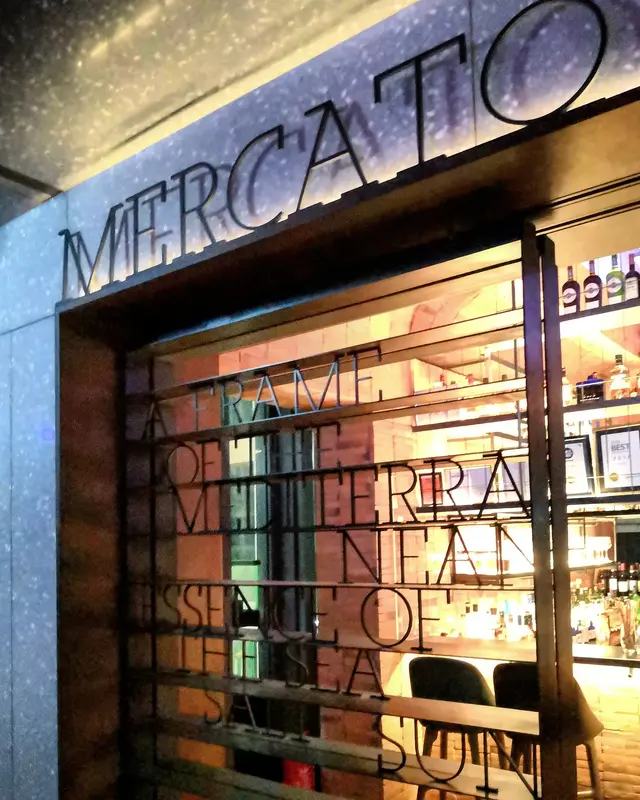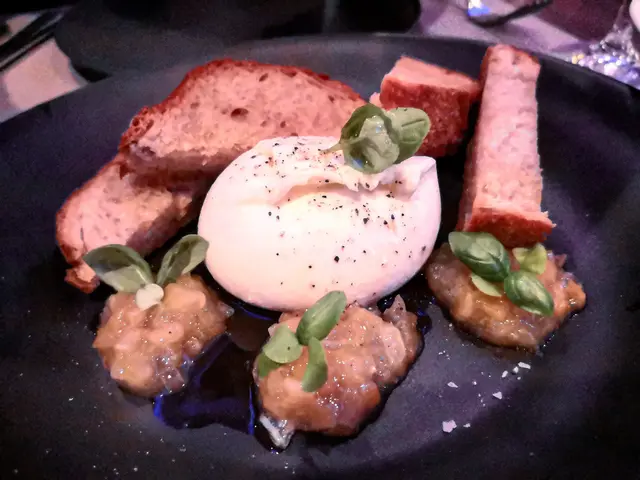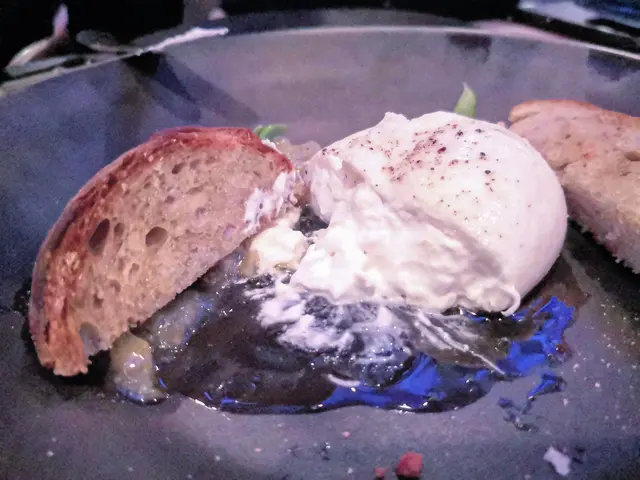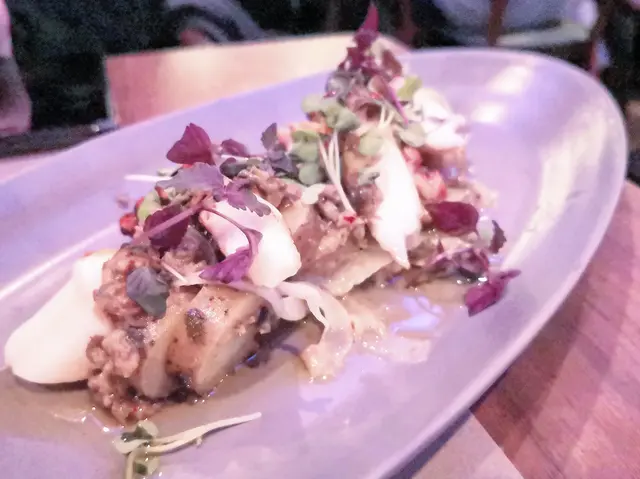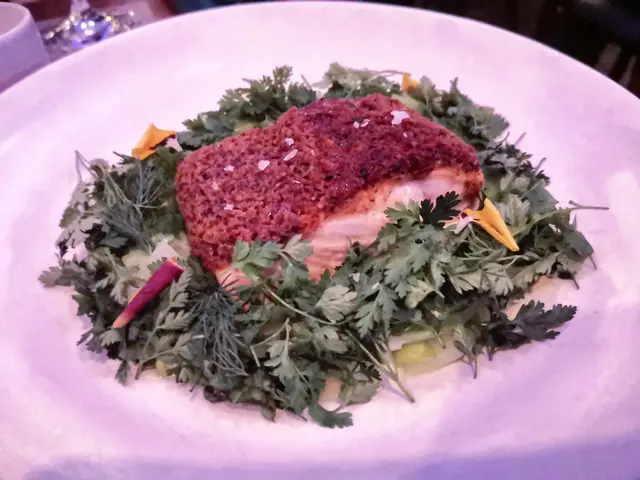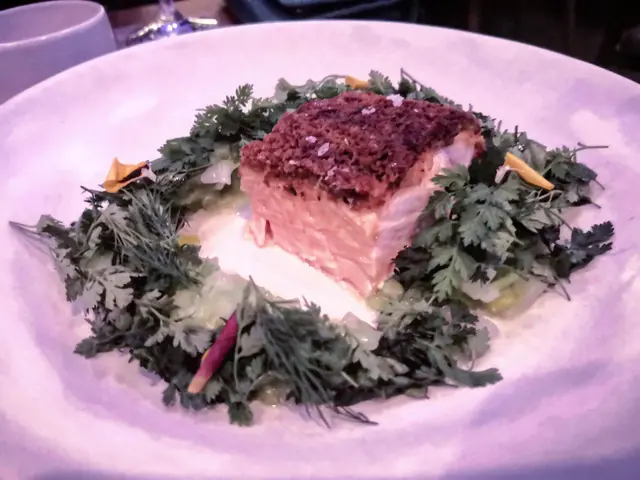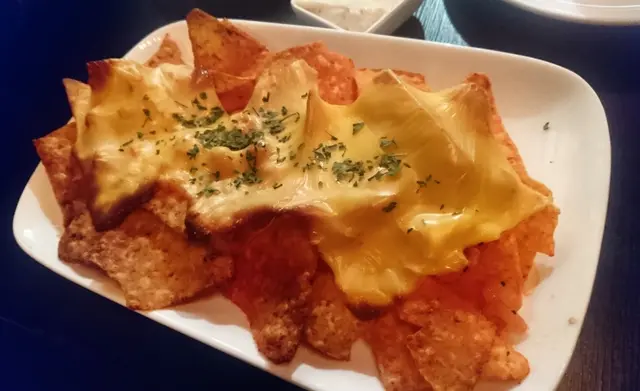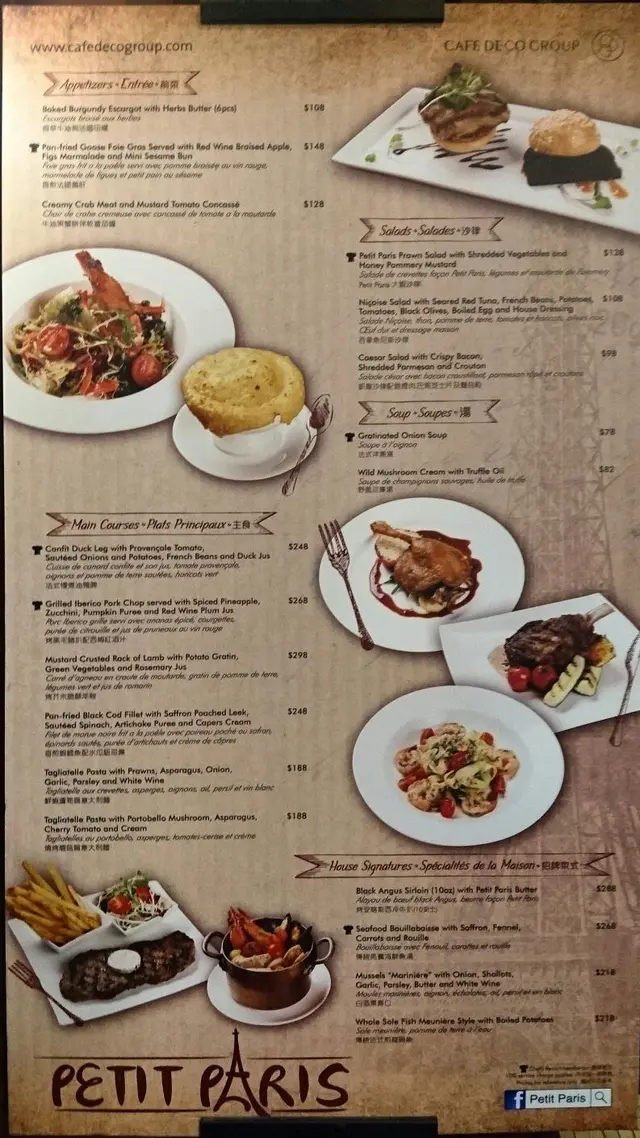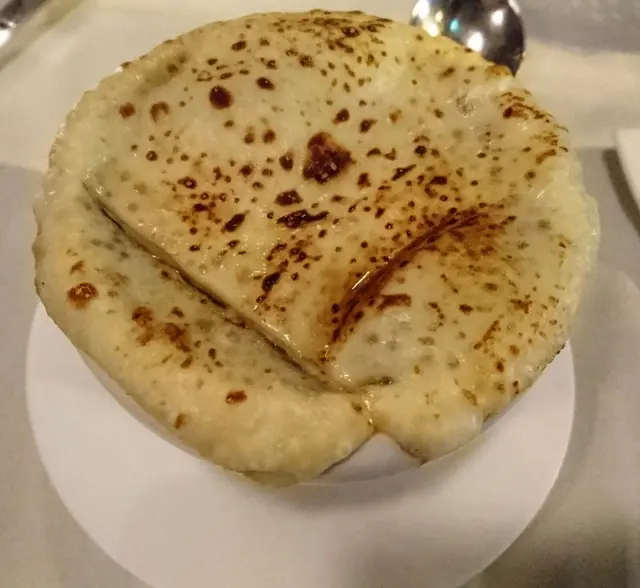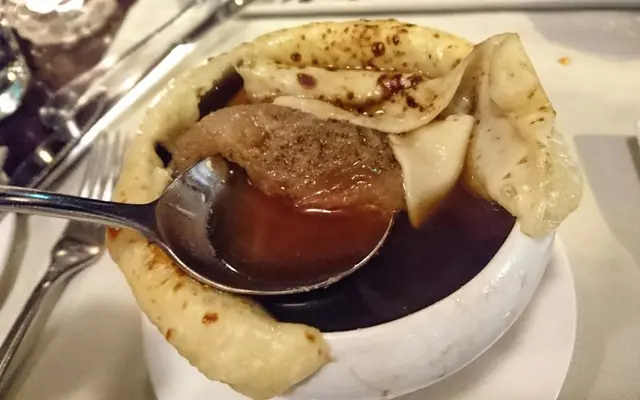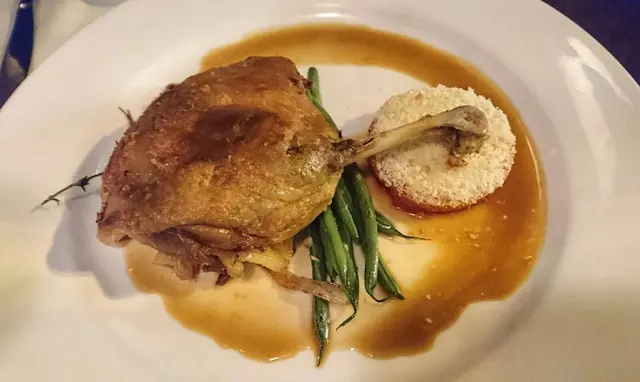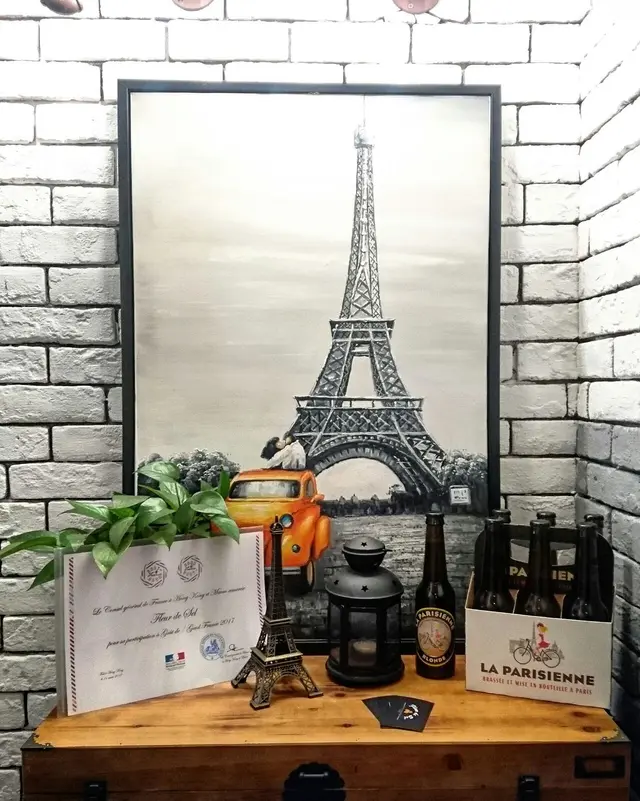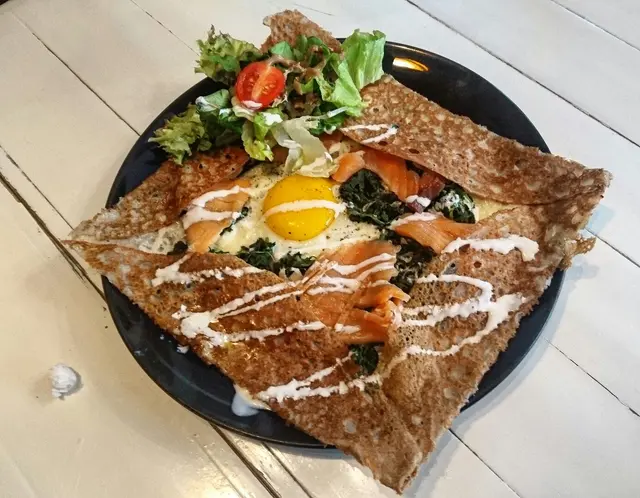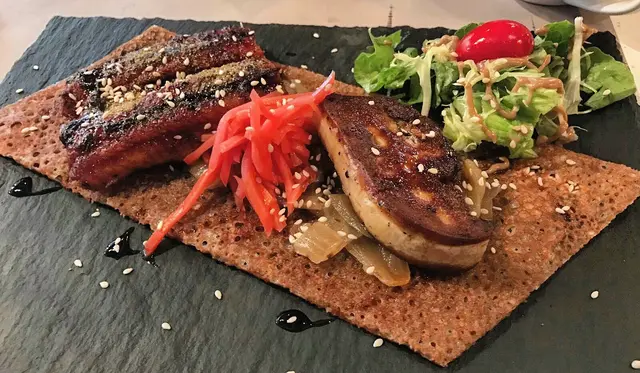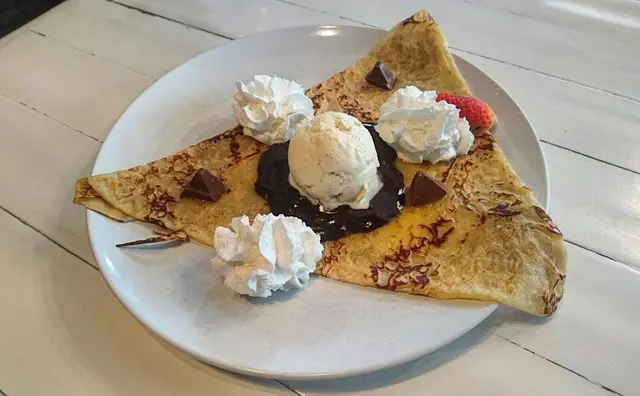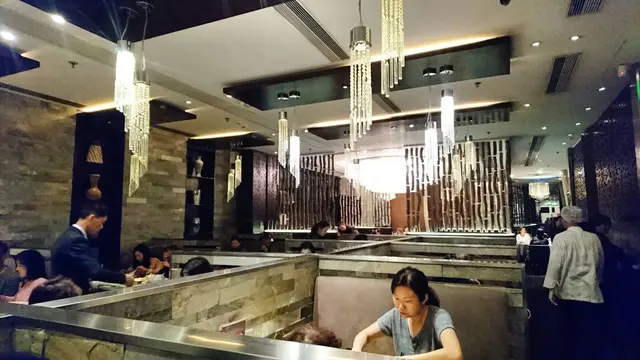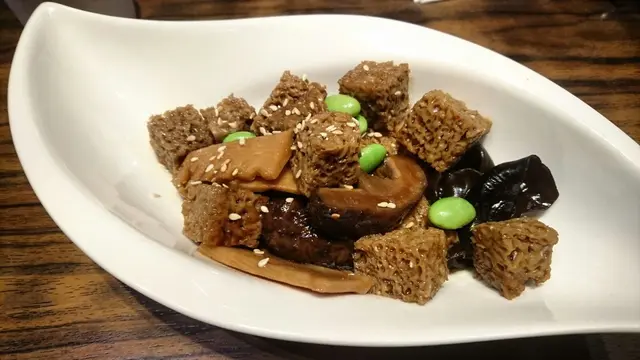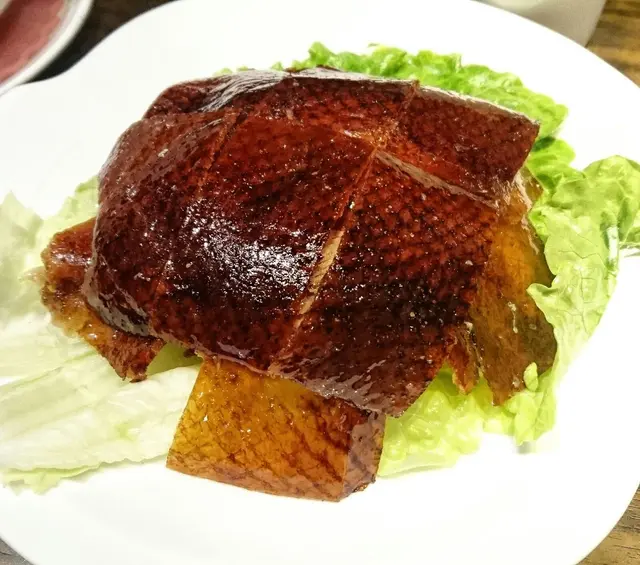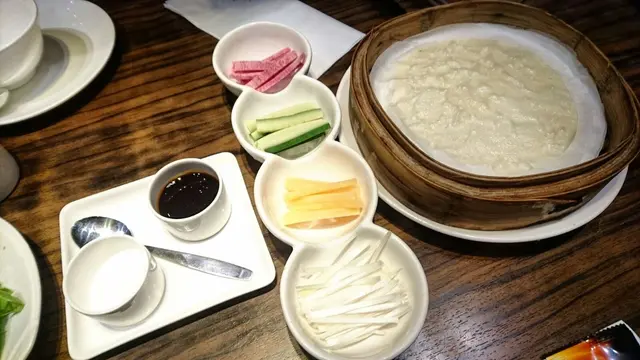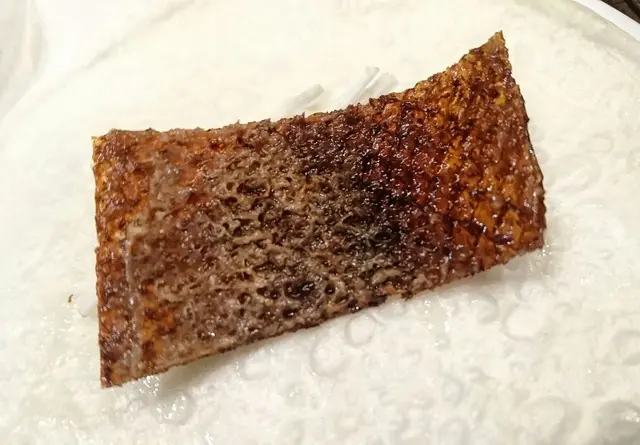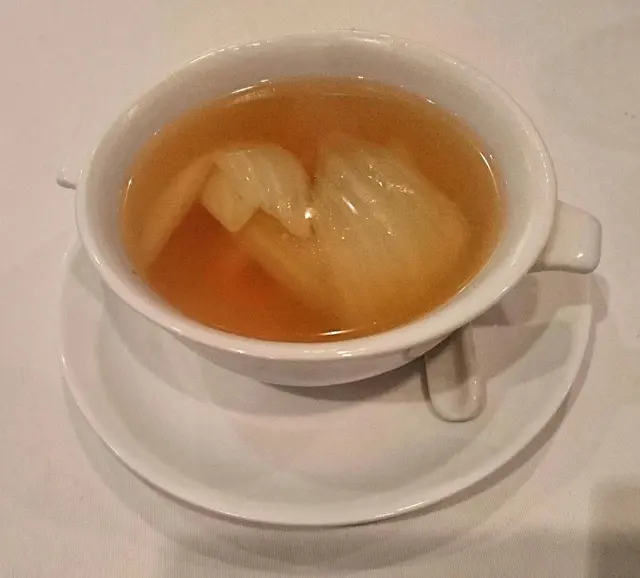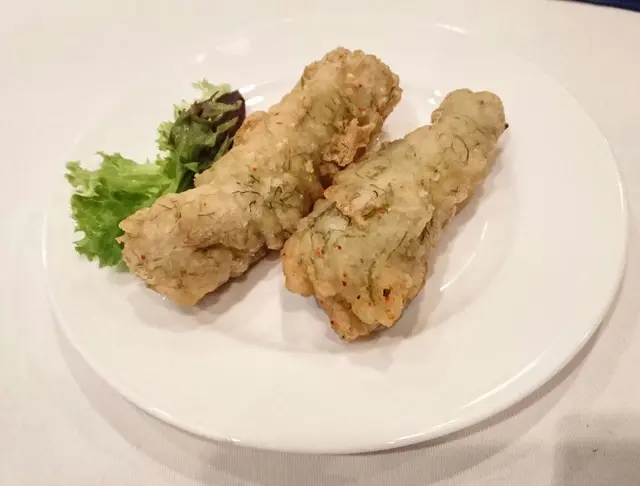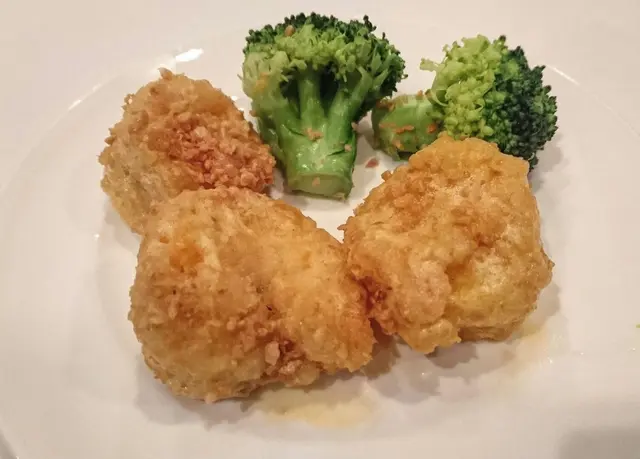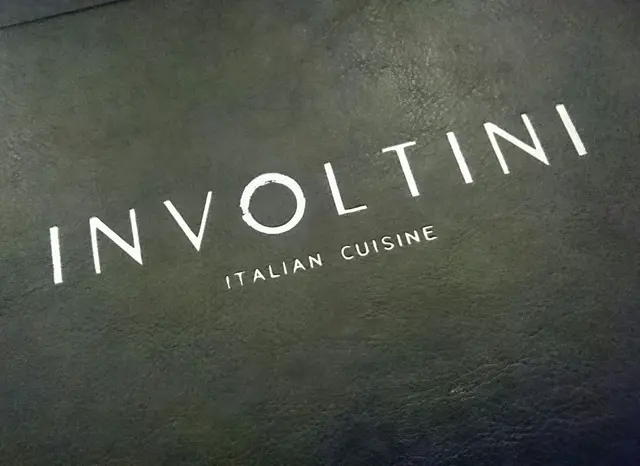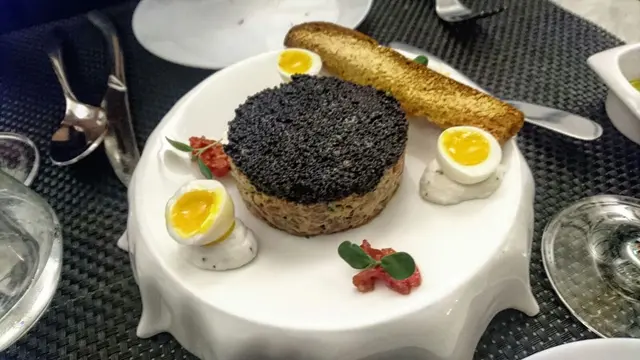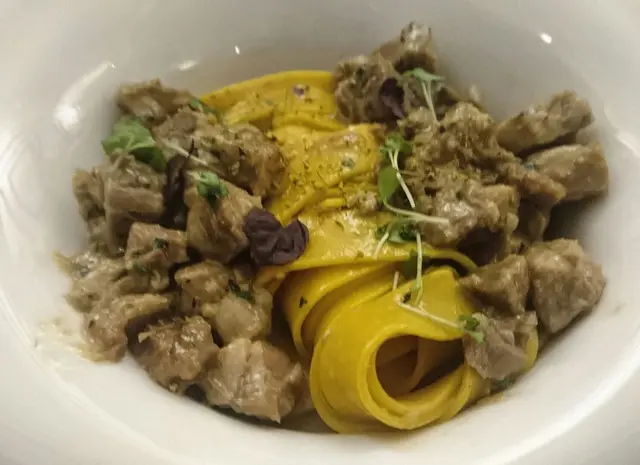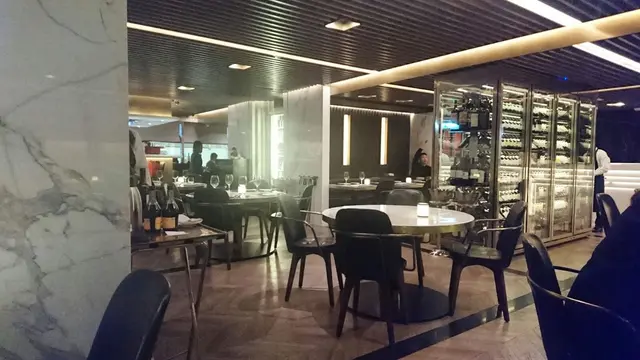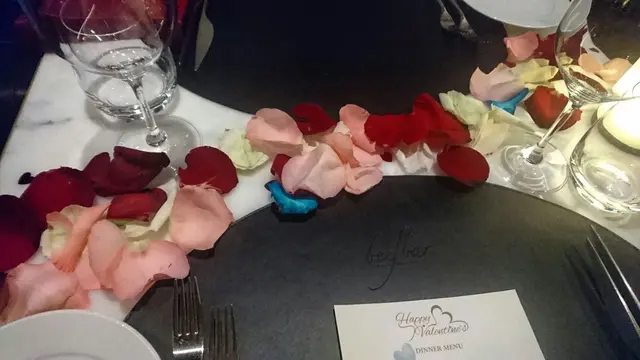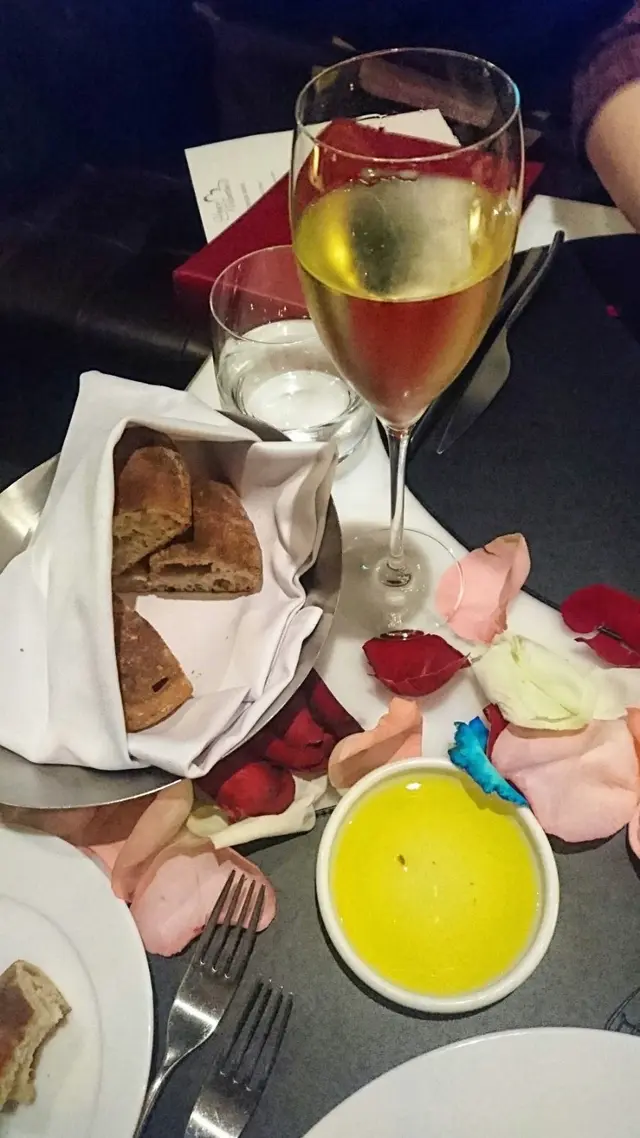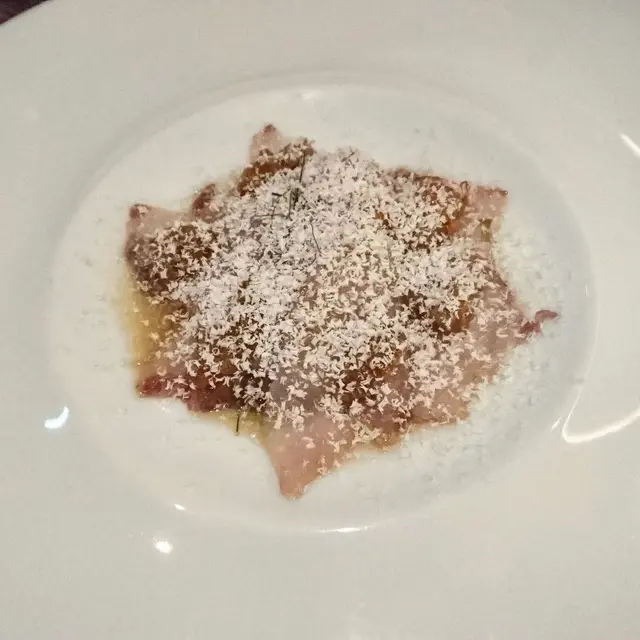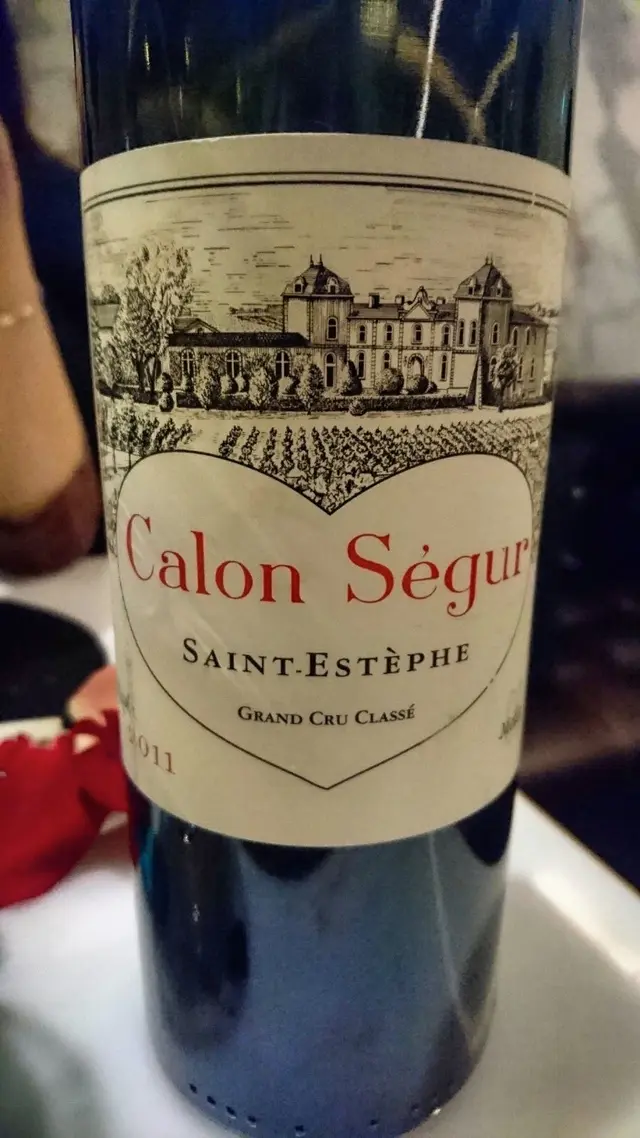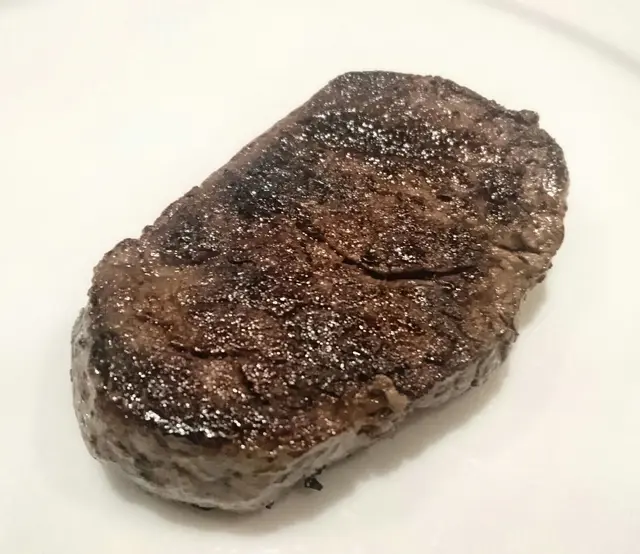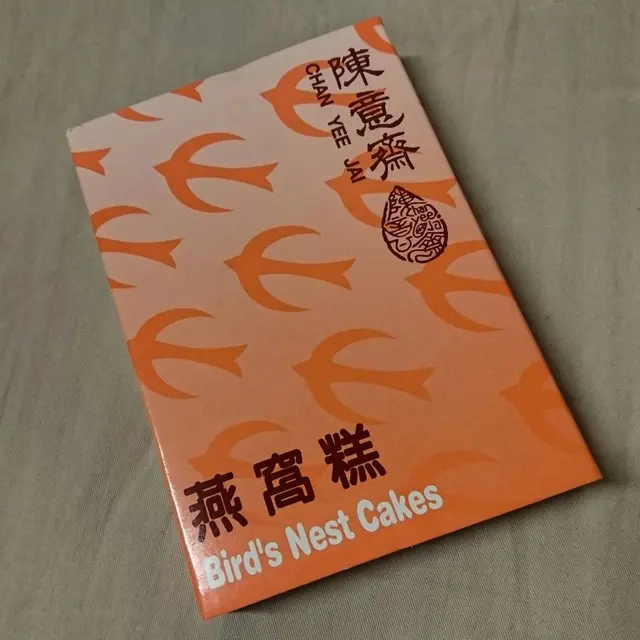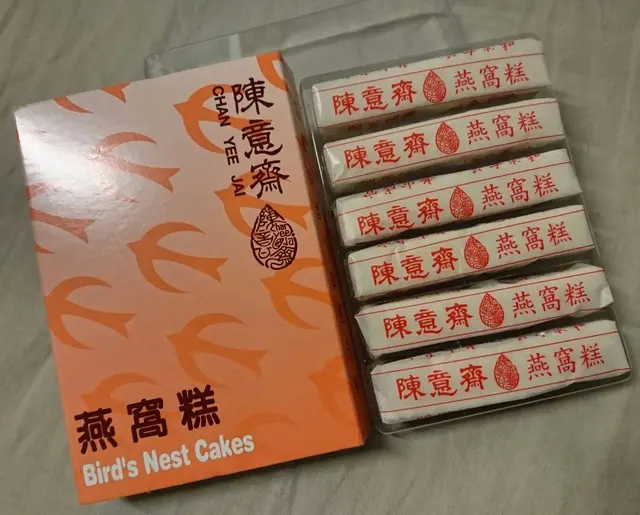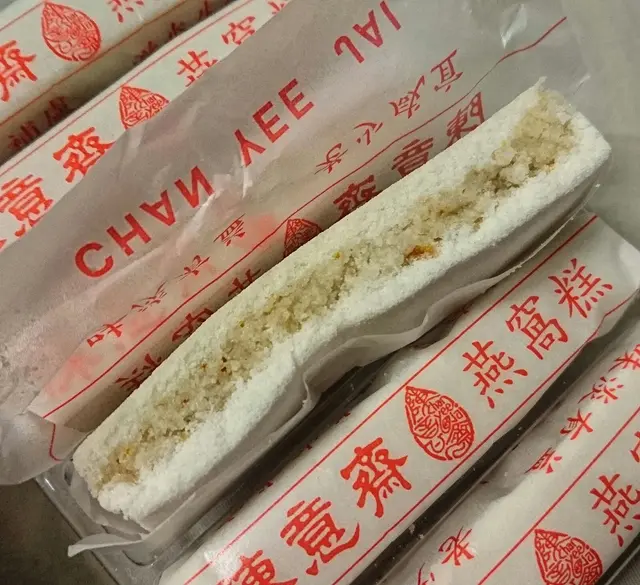It’s been ages since I last shared my foodie adventures, as life has swept me into a whirlwind of commitments. As I navigate to this new stage of life, I find myself reflecting on the remarkable individuals who have shaped my journey. It is time to gather these honoured people around, who ignited sparks in me, for a delightful dinner, a culinary that would fuse with something special. This dinner is really important to me and I had gone through a lot of thinking about it. Traditional Chinese cuisine with a bit of heritage is what I am thinking as the guests are embodied with a rich Chinese culture and experiences. I also aim to discover dishes that might incorporate modern innovations creating the icing on the cake effect for the meal. On top of that, I need to think about creating an intimate atmosphere with privacy and good noise control, making sure everything comes together for a memorable evening.Suddenly, there was a lightbulb revelation – Ming Court. I am sure everyone knows this when they established within the Langham PlaceI set out to create a menu that reflects my vision, and I had a few weeks to prepare. During one lunch, I took the time to understand the setting and service. I also explored the venue to see if it was a good fit and had discussions with the manager about the menu. Here’s the final menu, showcasing 10 items that truly represent a perfect ten.The menu looks fantastic!! Not many restaurants offer a Chinese calligraphy menu on high-quality paper for the night. It’s a small action but big enhancement to the whole the dining experience. (I later discovered it was printed rather than handwritten, but it is still a nice touch.)The room I selected is quite spacious. In addition to the main table, there's a corner area where guests can mingle. This room can accommodate up to 14 people, and while they mentioned that 16 would work, I feel that might be a bit cramped. The décor in the room is not overwhelming and have a bit of nice Chinese “old money” vibe. The complementary dish features deep-fried lotus root, cashew nuts seasoned with garlic salt and black pepper, and caramelized walnuts with sesame. All of them are incredibly addictive, and I'm glad I took a photo before they disappeared within five minutes.A proper Chinese dinner isn't complete without a good bowl of soup and the first dish is the Double-boiled whole winter melon soup. The winter melon is tender but not overly mushy, and it should be served in large chunks so that each scoop allows you to taste the melon, the soup, and all the other ingredients. The soup is refreshing and subtle sweetness especially paired with the seafood ingredients such as shrimp and crab. But once in a while, you want a richer profile together with the roast duck meat or Chinese ham and palate cleansing with lotus seeds and tuberoses. Second dish is the South African abalone with shiitake mushroom. It has a briny flavour and a nice abalone sweetness. The thickness matches the level of tenderness quite nicely. What I've lost after all these years of not blogging isn't my sense of taste, but rather my ability to capture great photos. Or perhaps it's also time to upgrade my decade-old phone. Today, I brought two bottles of sake, one for the guest and one for the evening. I thought placing one on the table would be obvious, but one of the staff mixed them up. The genshu was meant to be enjoyed, was undiluted version of sake and would have paired perfectly with the flavoured dish I chose for the night, but I only realized this after my first sip. It left a small mark on the evening that I planned for so long. What's done is done, but it wasn't all bad since the one that was opened, originally meant as a gift for the guests, was the one I truly wanted to try. We all enjoy wine, but pairing it with Chinese food often requires at least one white and one red, which can be a bit much for a weekday evening. Sake or Genshu might be a better option, as they can effectively complement both seafood and red meat, areas where many wines may fall short. I chose this Gin no Shizuku primarily because of the pure spring water used in its production, which enhances the essence of Yamada Nishiki rice and its umami richness. The pairing with abalone was already impressively remarkable. The sake complemented the oyster sauce, adding a touch of fruity notes that enhanced the savoury and sweet flavours of the abalone.The next dish may present a challenge for the sake, as the pickled radish and whiskey have relatively strong flavours. Pickled radish is a common ingredient in Guangdong and Fujian, often paired with congee or diced and stir-fried with rice. This dish is one of the highlight that I planned for the evening. Surprisingly, the sake pairs very well with this dish! With each bite, the sake's richness effectively balances the strong flavours of the cooking style. Between bites, it cleanses the palate, making each mouthful feel refreshing with the lobster. I enjoyed the overall umami richness from the lobster while the picked radish in whiskey did not overwhelm the taste. Next up is the sea cucumber served with rice crisps. My first bite is just the sea cucumber, which is succulent and not overly soaked, maintaining a delightful texture and flavour. The second bite, combined with the rice, is truly mind-blowing. The crispy rice, with varying degrees of crunchiness, creates an exciting interplay with each bite. This dish presents a delightful contrast in textures that many will appreciate. However, the downside is the plate itself. Its textured surface creates a jarring sensation each time the stainless steel fork scrapes against it while scooping the rice. Replacing the plate with one that has less tactile friction would enhance the overall sensory experience. After all, I view this as a sensory dish and scored quite high in the palate sensation. This private room certainly offers a good level of privacy and minimal interruptions, with staff typically entering only to serve the dishes. However, I feel that achieving both privacy and attentive service can be challenging. So either you enjoy a secluded atmosphere, or you risk having staff out of reach unless your timing aligns with when the food is being served.Peking-style duck, but with goose. How creative! There are few fine-dining Chinese restaurants that serve excellent roast goose and this is one of them. A crucial aspect for me is the crispy skin over the shoulder, which many cannot achieve. It is not that they are not good, it is just a challenge not many can do. The second dish offers a variety of styles. Rather than the usual minced meat wrapped in lettuce, I opted for the salt and pepper style. This choice complements the sake beautifully, enhancing its fruity aroma. Additionally, this cooking method makes the goose meat tender, allowing it to fall apart nicely with each bite.The rest of the dish comes together beautifully, featuring pan-seared French codfish, wagyu beef with wasabi soy sauce, and two vegetable sides. The cod, seared with supreme soy sauce, rivals any cooking style, whether Japanese miso or Western. It is evenly caramelized, and the soy sauce enhances its delicate flavour. The sake lacks tannins that clash with the stronger meat flavours, which is why I chose Miyazaki wagyu instead of the USA ones. Its rich marbling makes it tender and less chewy. The silky, rice-like notes of the sake complement the savoury beef, while the wasabi soy sauce adds a kick that the sake smooths out perfectly.Vegetable dishes may not be the main focus of a meal, but they are essential to every dining experience. While a good cooking method might not garner much attention, a poor one can significantly detract from the overall enjoyment. Here, I chose two very different cooking styles from the menu, the Sautéed Chinese lettuce with dried shrimp in sweet bean sauce and another one using bean sprouts prepared in a superior soup with garlic. This variety ensures there's something for everyone, considering the diverse preferences of my guests. The dried shimp is big! Bathed in bean sauce enrich the Chinese lettuce, it is hot and the searing flavour from the clay pot a lot plays an important role. After a salty bite, the lighter superior soup from the other dish balanced it well. A final harmonious dish marks the important dishes for the night.Oh yes, there's still almond cream with egg white and petit fours to finish off the meal. By this point, I believe everyone is quite satisfied, and these treats were packed for us to savor later. (I’m not a big fan for Chinese desserts).Overall, It was still a wonderful evening where we all enjoyed a perfect harmony of food, service, ambiance, and pacing. Each dish presented a vibrant narrative, showcasing not only an array of flavours but also the mastery of traditional cooking techniques. Despite a minor mistake, we were still delighted to savour another superior sake that paired beautifully with the food, enhancing our enjoyment. However, this leaves the pairing with the other Genshu as an unanswered question. Weeks of thoughtful planning for the menu was nicely executed by the restaurant. It was good to know that all my guests appreciate every artistry behind every plate, making the entire experience memorable.…Read More
The above review is the personal opinion of a user which does not represent OpenRice's point of view.
1
Recommended Dishes
Roasted goose in two courses
Date of Visit
2025-07-15
Dining Method
Dine In
Type of Meal
Dinner

